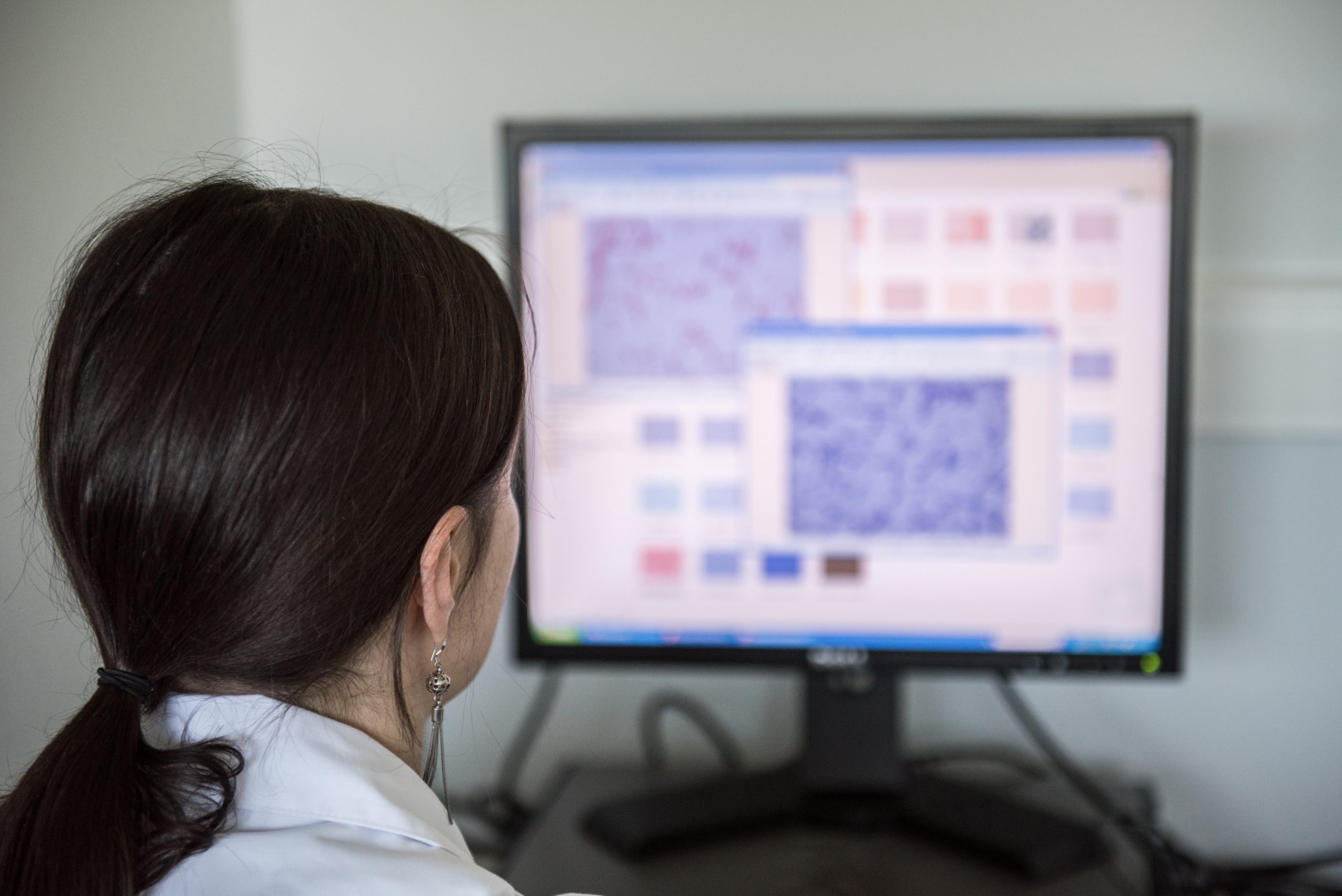1-5 of 5 results
-

New global guidelines for probiotics and prebiotics for gut health and disease
The use of probiotics and prebiotics in the practice of gastroenterology must be guided by evidence – and with new… -

The gut mycobiome and misinformation about Candida
By Prof. Eamonn Quigley, MD, The Methodist Hospital and Weill Cornell School of Medicine, Houston As a gastroenterologist, I frequently… -

The American College of Gastroenterology recommends against use of probiotics for primary or secondary prevention of C. difficile
We are not convinced that the paper’s authors have justified their recommendation against the use of probiotics in relation to CDI prevention. They fail to clarify why the results of their GRADE evaluation of probiotic evidence for prevention of C. difficile resulted in totally different conclusions compared to the AGA document, which found evidence sufficient for conditional recommendation of four probiotic preparations. -

ISAPP take-home points from American Gastroenterological Association guidelines on probiotic use for gastrointestinal disorders
By ISAPP Board of Directors June 15, 2020 The recent American Gastroenterological Association (AGA) Clinical Practice Guidelines on the Role… -

The small intestinal ‘mysteriome’: A potentially important but uncharted microbiome
By Eamonn MM Quigley MD FRCP FACP MACG FRCPI, Lynda K and David M Underwood, Center for Digestive Disorders, Division…